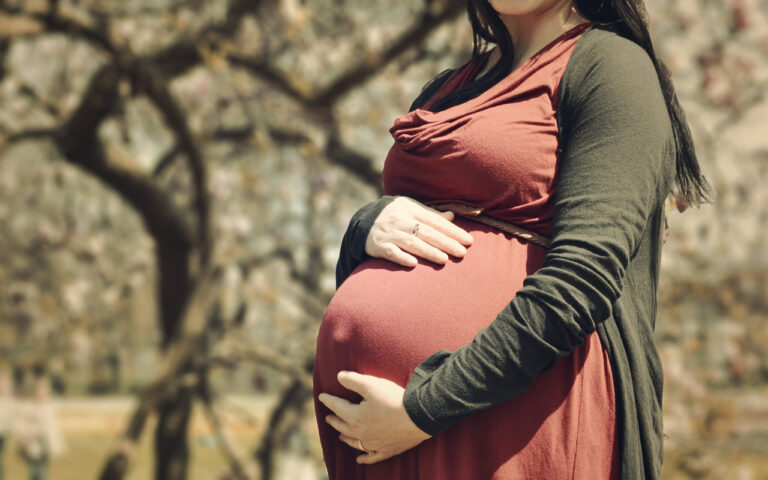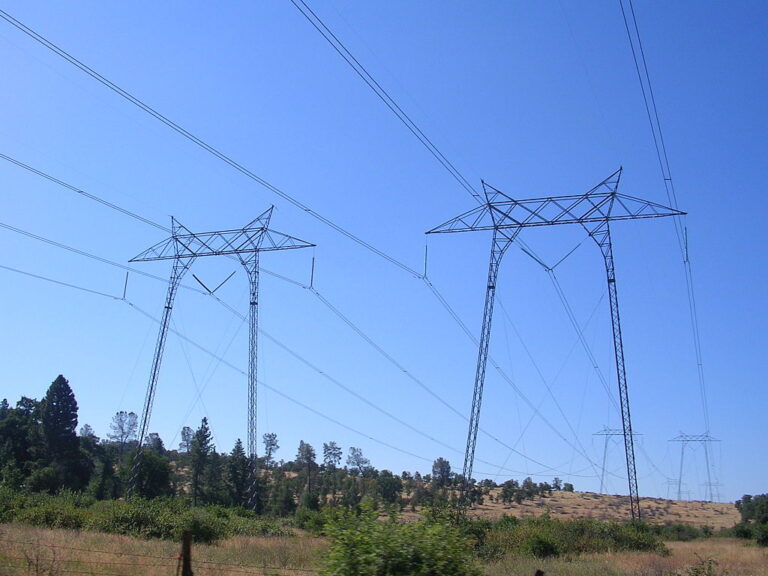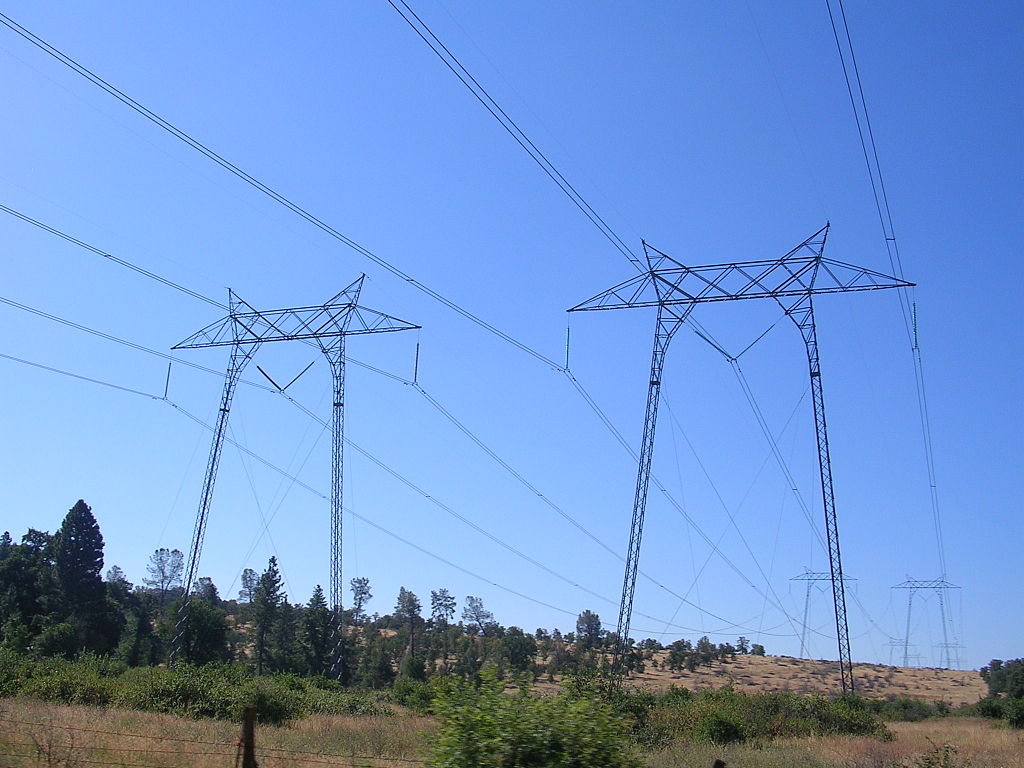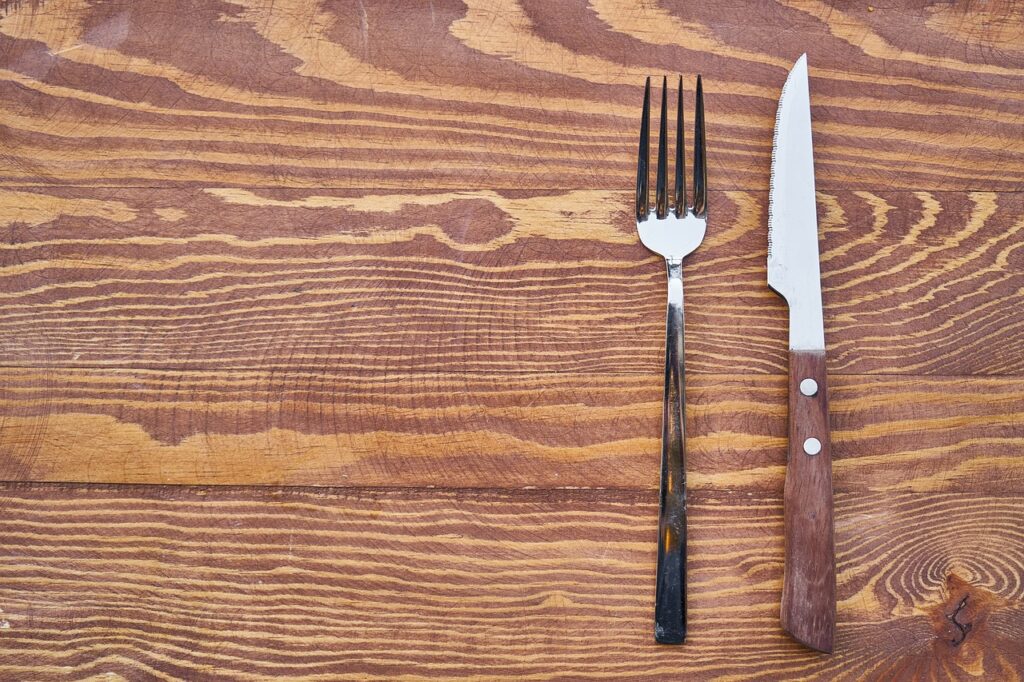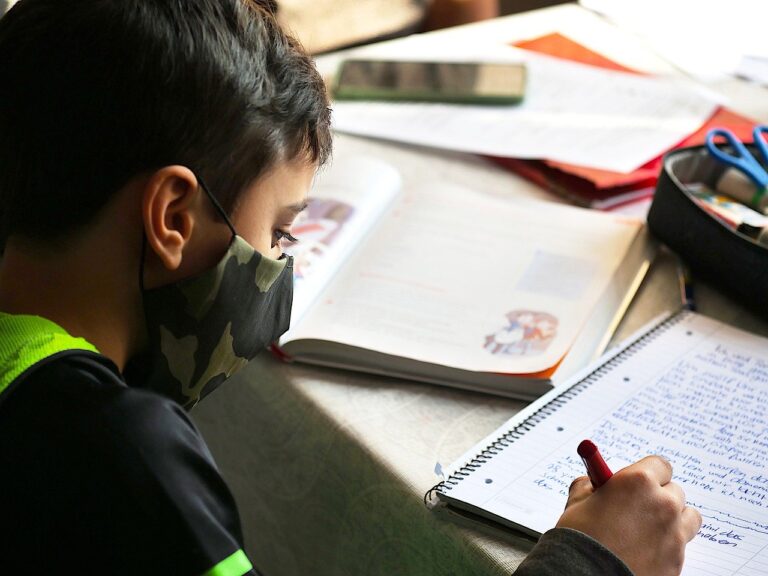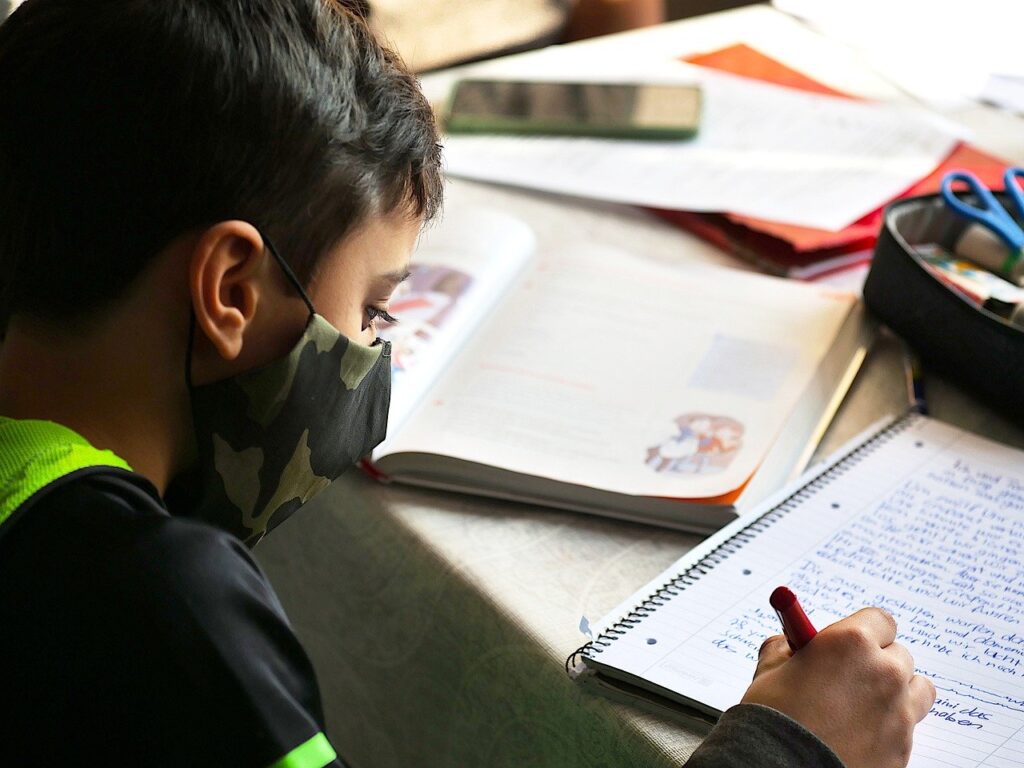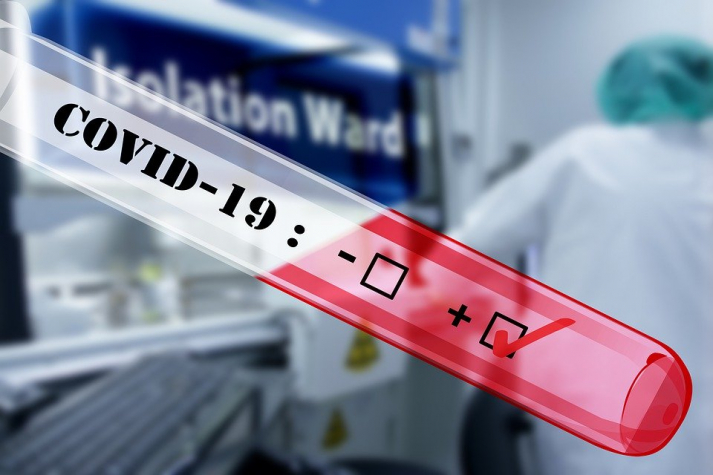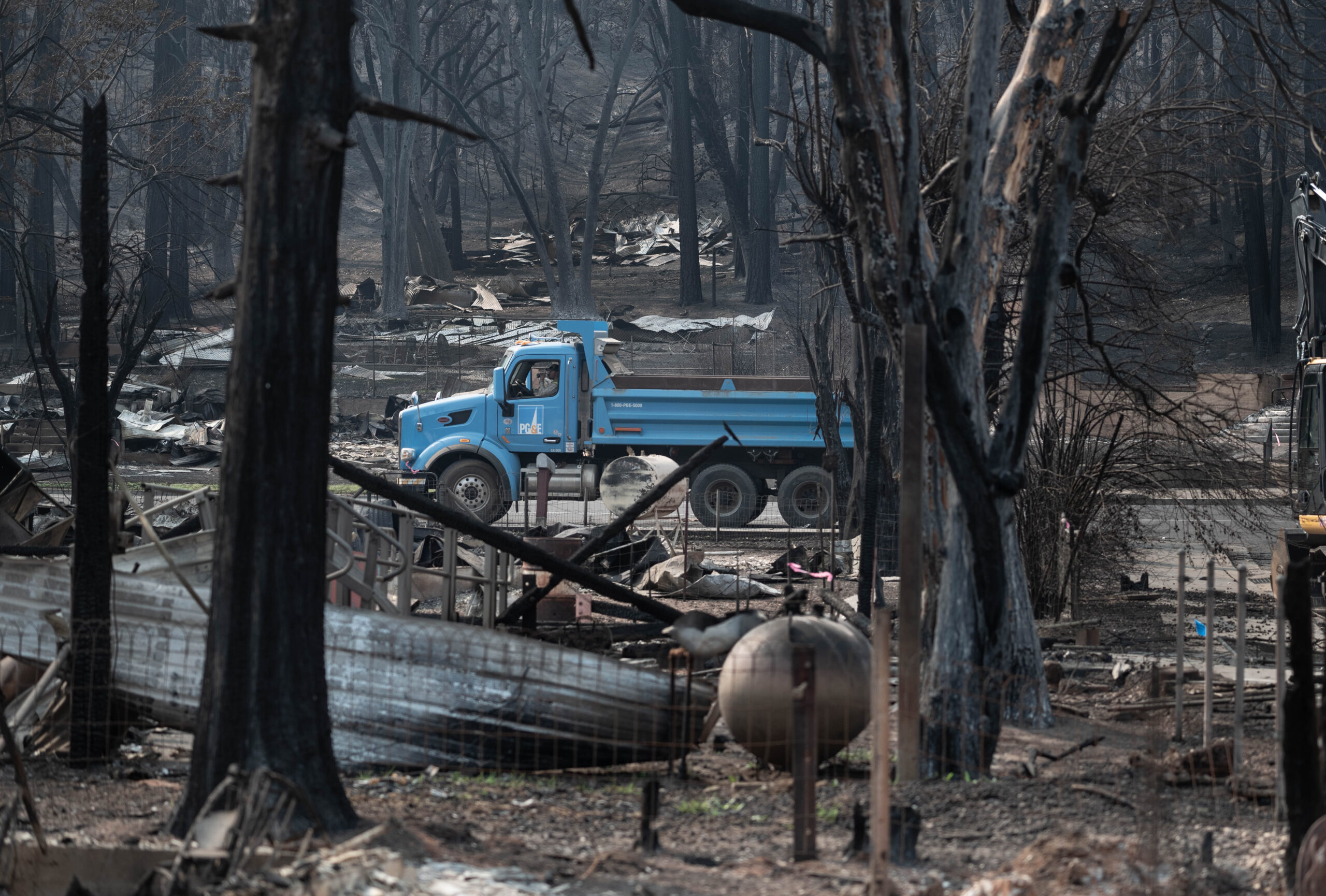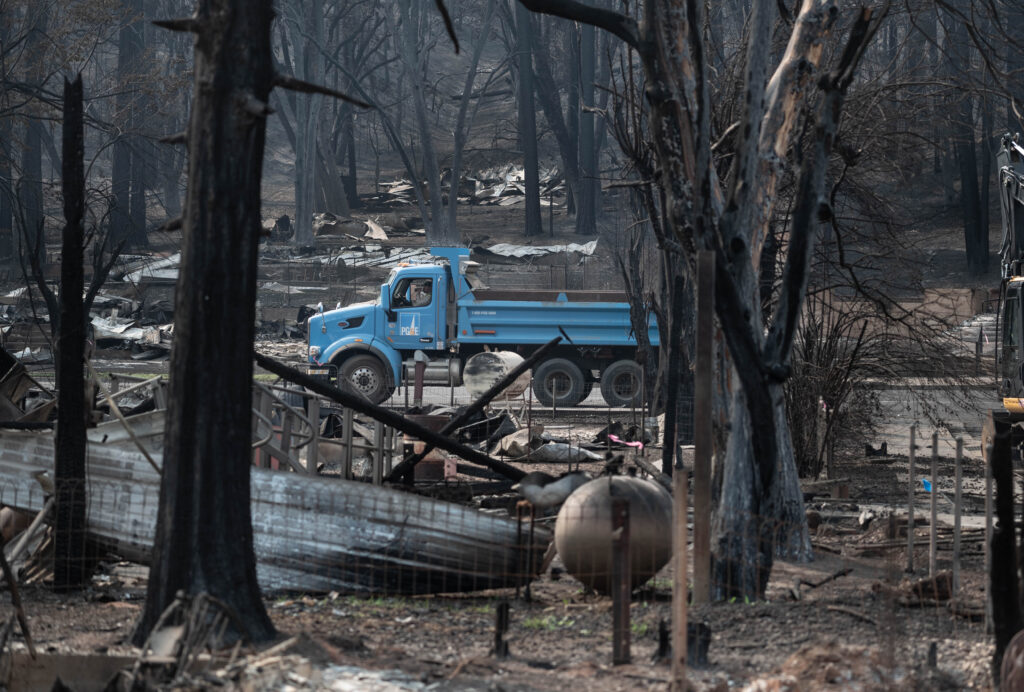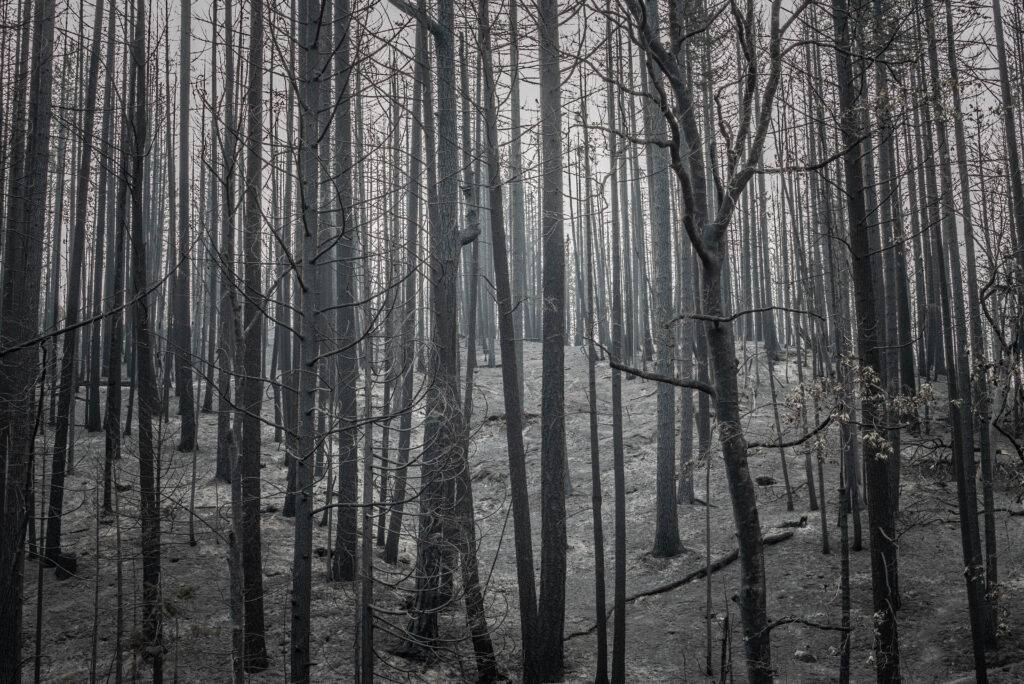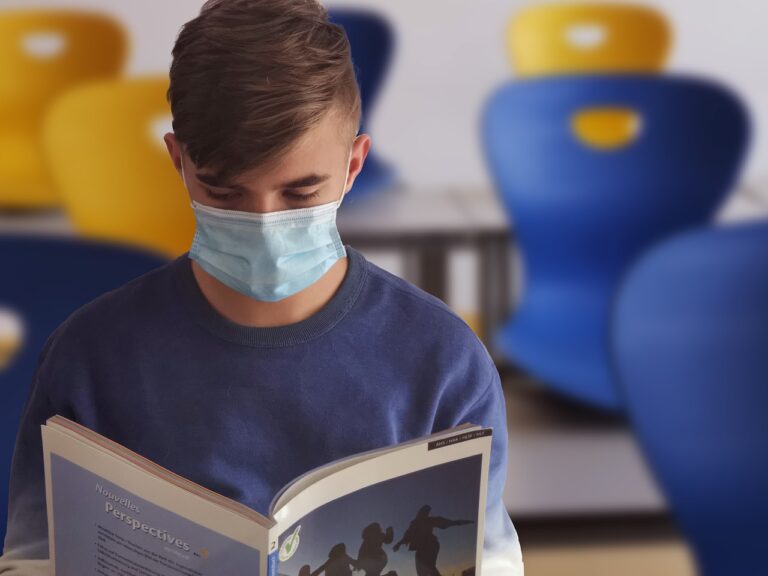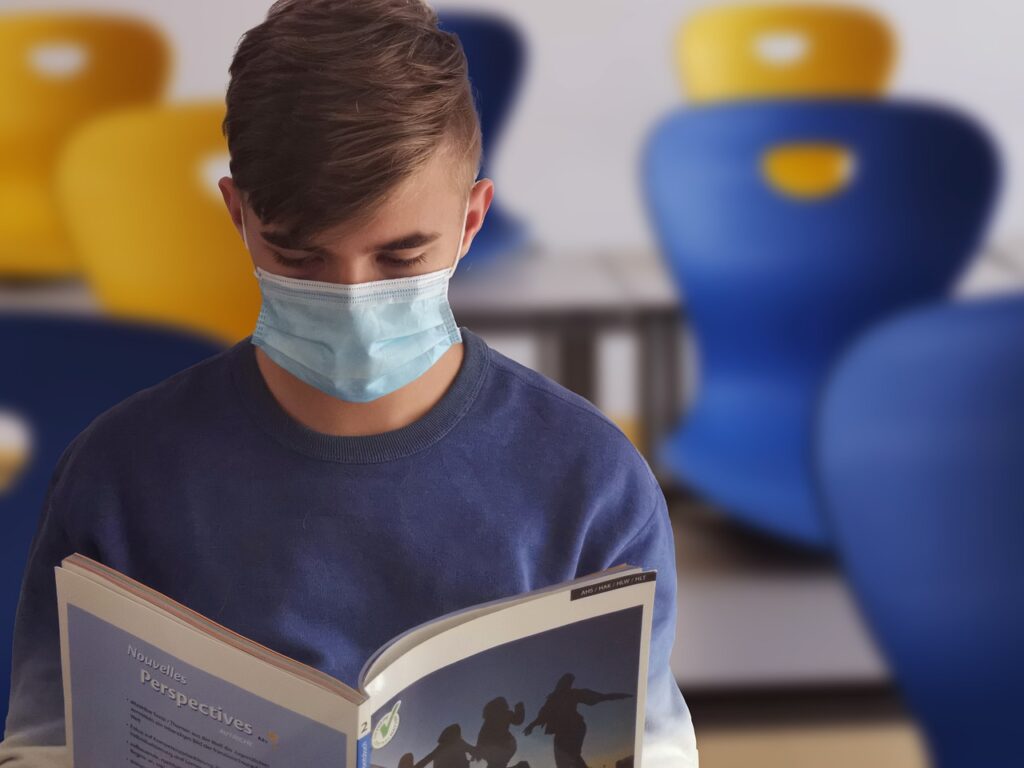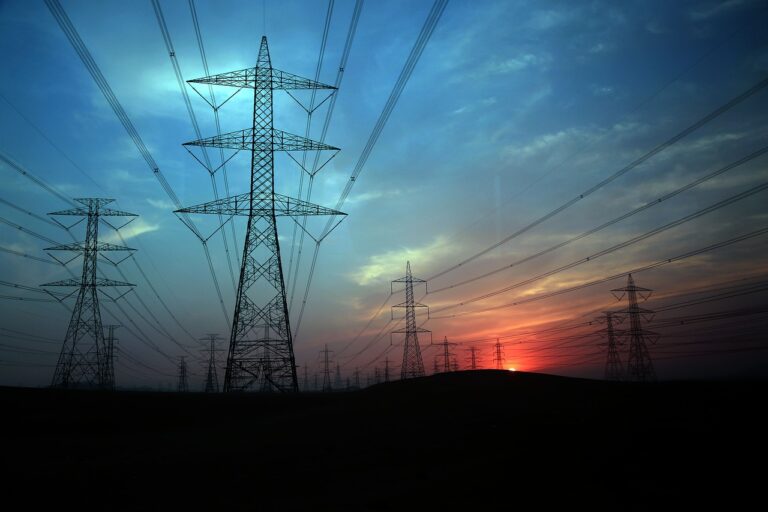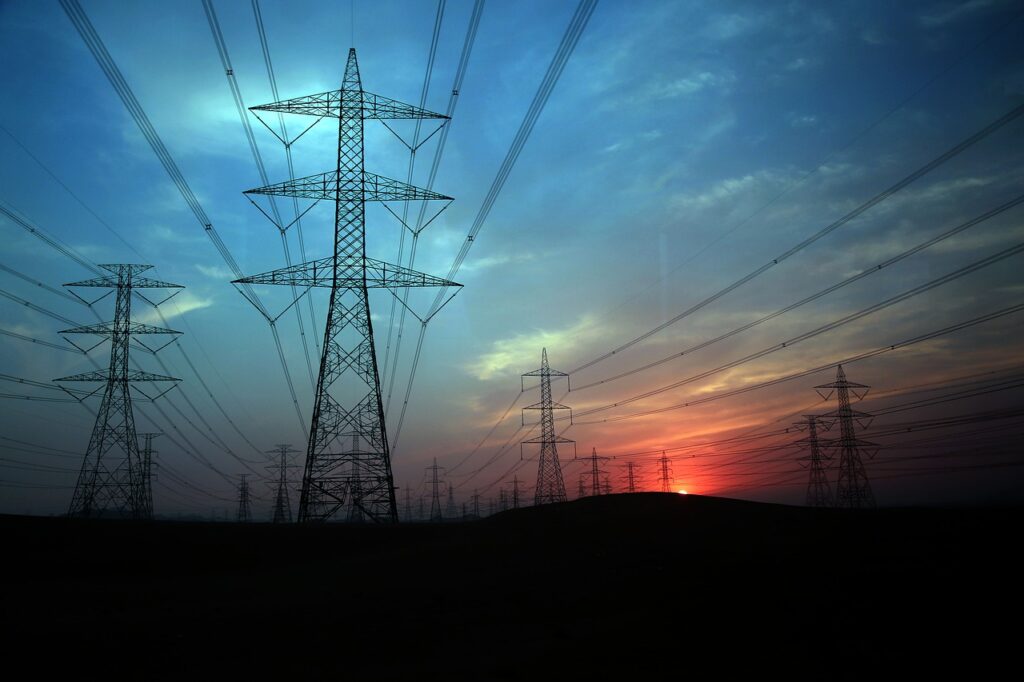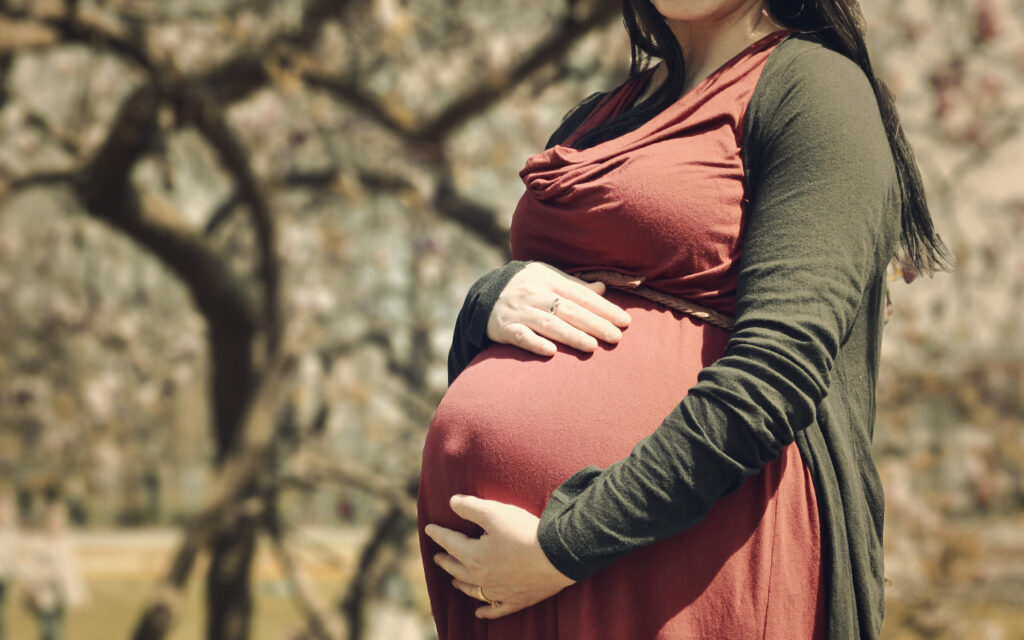
By Pamela Cruz. Peninsula 360 Press [P360P]
Officials from the U.S. Centers for Disease Control and Prevention (CDC) said only 23 percent of pregnant women in the United States have received at least one dose of the COVID-19 vaccine, while doctors have reported an increased number of pregnant women infected with the virus.
In view of this, the CDC strongly recommended that pregnant and breastfeeding women get the COVID-19 vaccine after new research shows it does not increase the risk of miscarriage, the New York Times reported.
According to the agency, the risks of serious illness from coronavirus infection during pregnancy are high.
CDC officials also hope the new safety data will sway the many who have resisted despite mounting evidence that the coronavirus can pose serious health risks and increase the chances of premature birth.
"CDC encourages all women who are pregnant or thinking about becoming pregnant and those who are breastfeeding to get the vaccine to protect against Covid-19," said CDC Director Rochelle Walensky, M.D. "Vaccines are safe and effective, and there has never been a greater urgency to increase vaccination."
Of note, the CDC noted that in addition to pregnant people, the new guidance will also apply to pregnant people of any sexual orientation; however, the surveillance data it reviewed is based on participants who presented as women.
The new CDC guidance supports vaccination during pregnancy as does the American College of Obstetricians and Gynecologists and other medical groups.
Pregnancy is on the list of "health problems" that increase the risk of serious illness for people infected with the coronavirus because, he said, they are significantly more likely than non-pregnant patients to require intensive care, to be on a heart-lung machine and to require mechanical ventilation, in addition to facing a 70 percent higher risk of death.
To this, he added that, by acquiring COVID, the risk of pregnant women developing dangerous conditions such as preeclampsia increases, in addition to increasing the risk of premature births or stillbirths.
As if that weren't enough, severe COVID has been linked to gestational diabetes and low birth weight. In rare cases, the virus can be transmitted to the fetus during gestation.
According to the NYT, Dr. Walensky pointed out that, according to the new safety data, the results come from a study of nearly 2,500 pregnant people who were immunized with one of the mRNA vaccines - the Moderna or Pfizer and BioNTech injections - during the first 20 weeks of gestation.
However, previous research has found equally reassuring data for pregnant women who were vaccinated after that number of weeks of pregnancy.
Doubts invade the taking of the vaccine among pregnant women
"I'm seriously considering getting vaccinated, I feel it's the responsible thing to do," said Raeshel Contreras, 29, who lives in the Bay Area. She is 28 weeks pregnant and is concerned that the vaccine could disrupt fetal development, although there is no scientific evidence of this.
"I don't know what I would do if I got vaccinated and something happened to the baby," she told the NYT.
He has given himself two weeks to make a decision, but the timing of the new CDC directive, during a surge, worried him.
"Why wasn't this recommended before?" she asked. "Now there's this new variant, and now the CDC is jumping in, but it wasn't recommended, I'm like 'Why is that?'
The announcement comes amid an increasing number of infections of COVID-19, largely due to the rise of the Delta variant.
For her part, the epidemiologist who heads the Emergency Preparedness Response Team in the CDC's division of reproductive health, Sascha R. Ellington, said data on birth outcomes are limited, considering that the vaccine has only been available since December, but the small number of pregnancies of immunized obstetric patients followed to term have not identified any safety issues.
"At this time, the benefits of vaccination and the known risks of COVID during pregnancy and the high rates of transmission at this time outweigh any theoretical risks of the vaccine," Ellington said.
In June, the World Health Organization (WHO) recommended the COVID-19 vaccine "when the benefits to pregnant women outweigh the potential risks". The examples given were women who are at high risk of being exposed to the virus and those with chronic health conditions, such as obesity or diabetes, that put them at increased risk of serious illness.
You may be interested in: "Getting the COVID-19 vaccine showed my family how much I love them": Santiago, 12 years old

